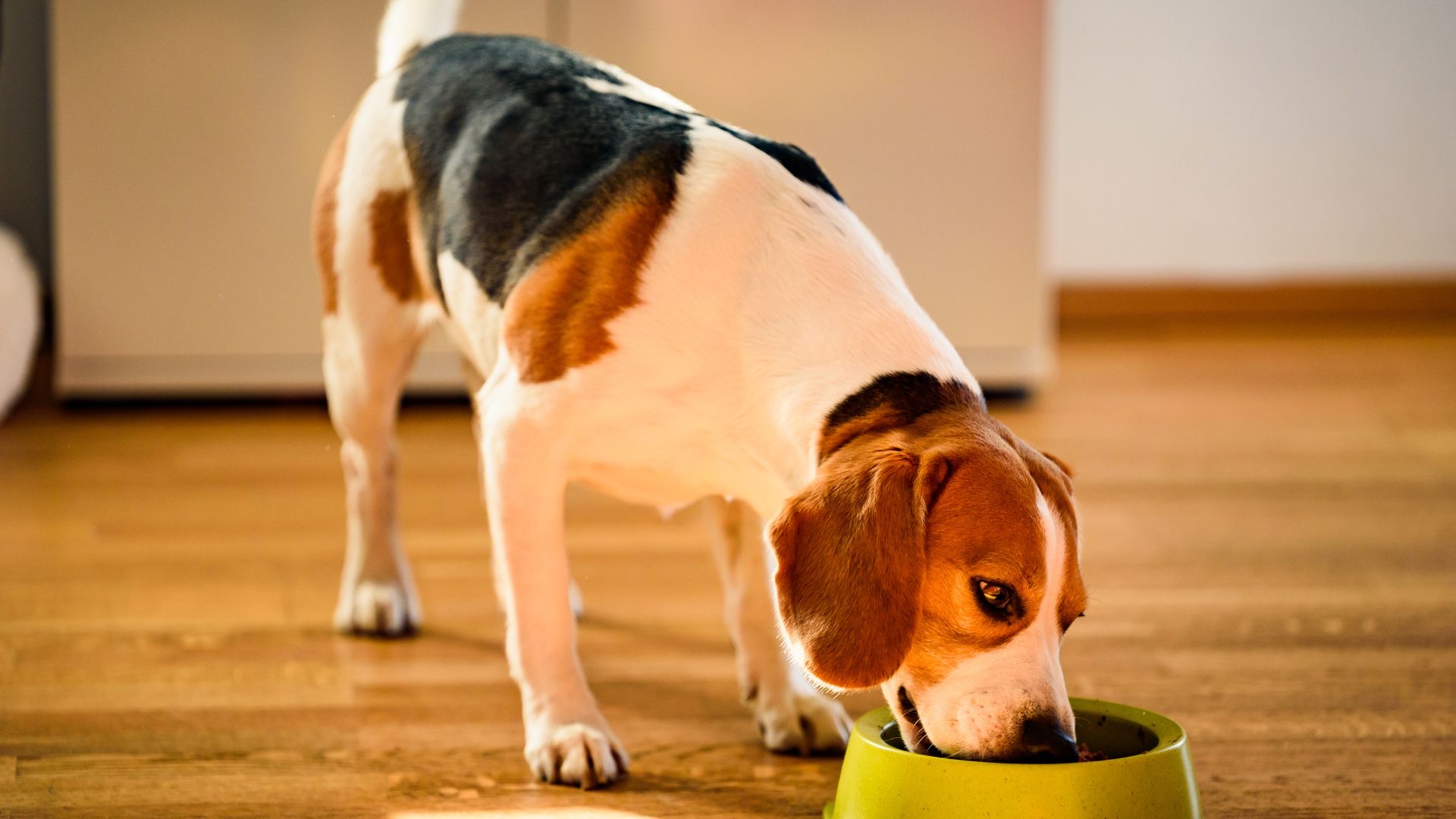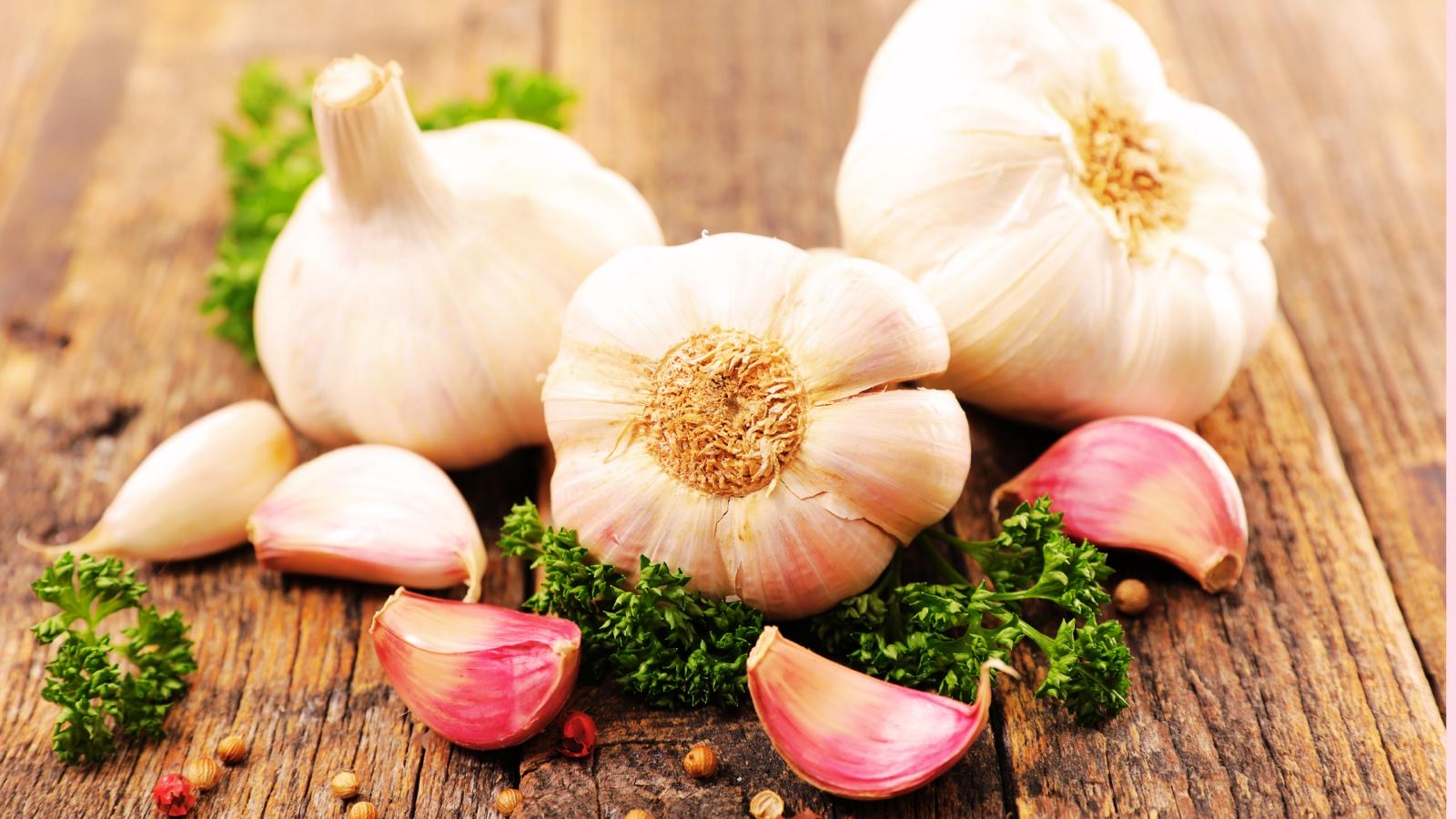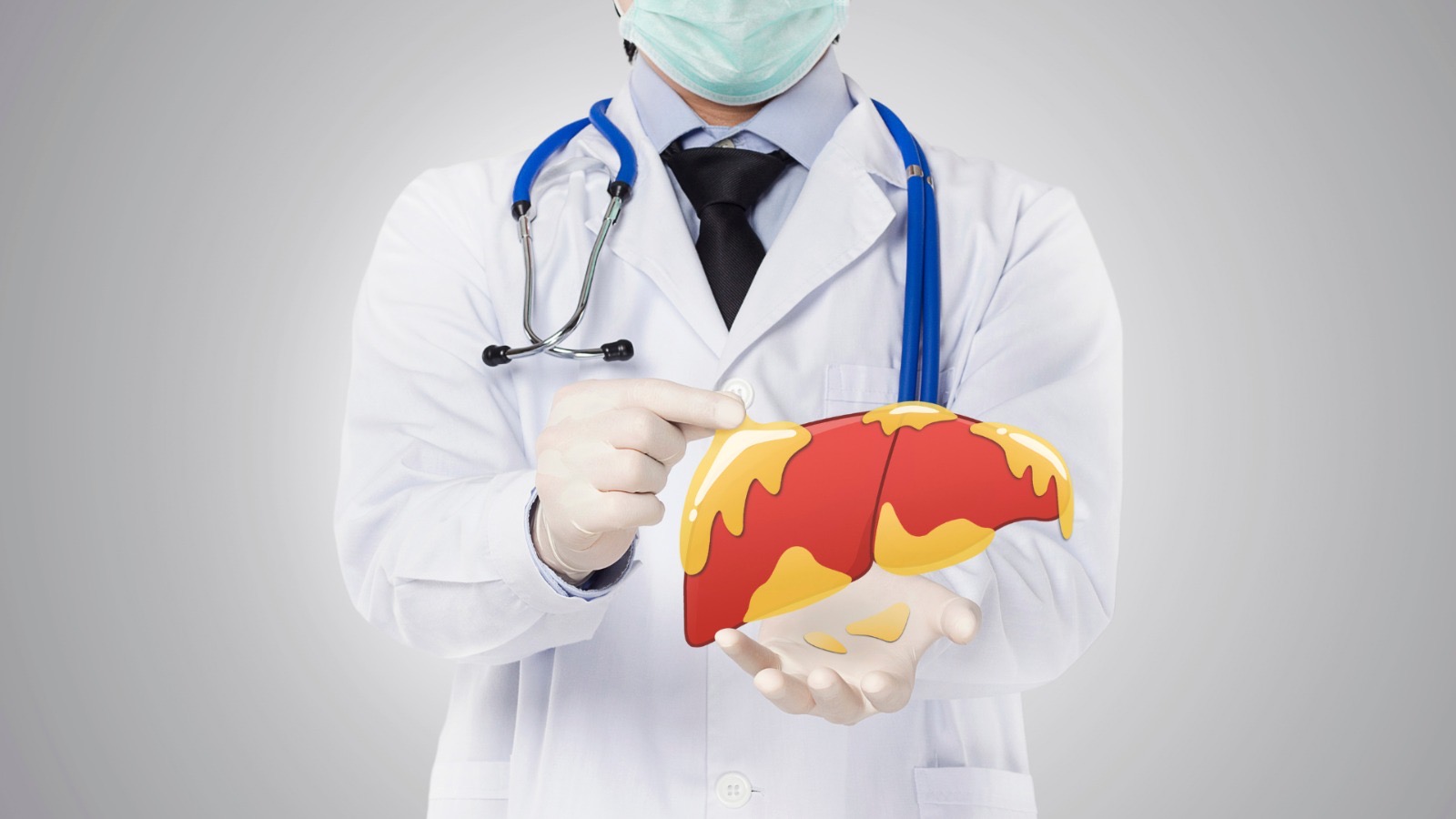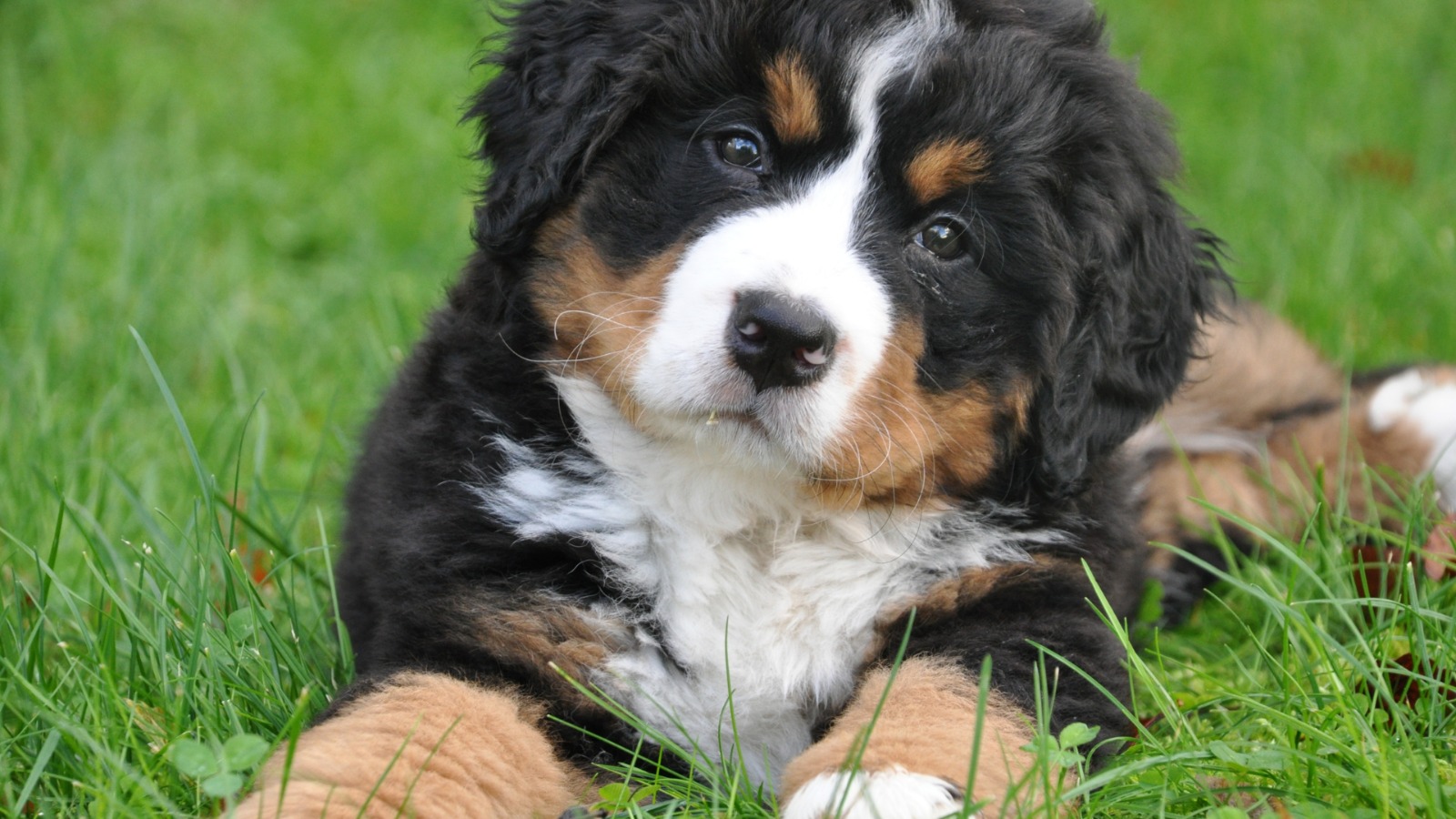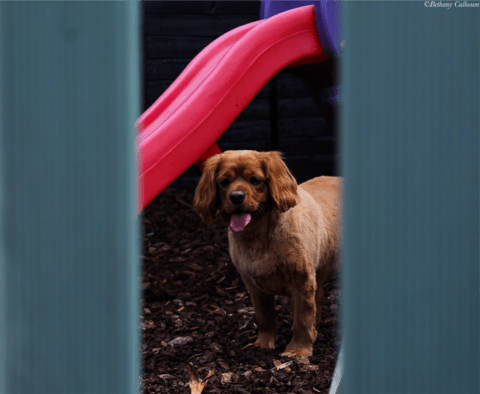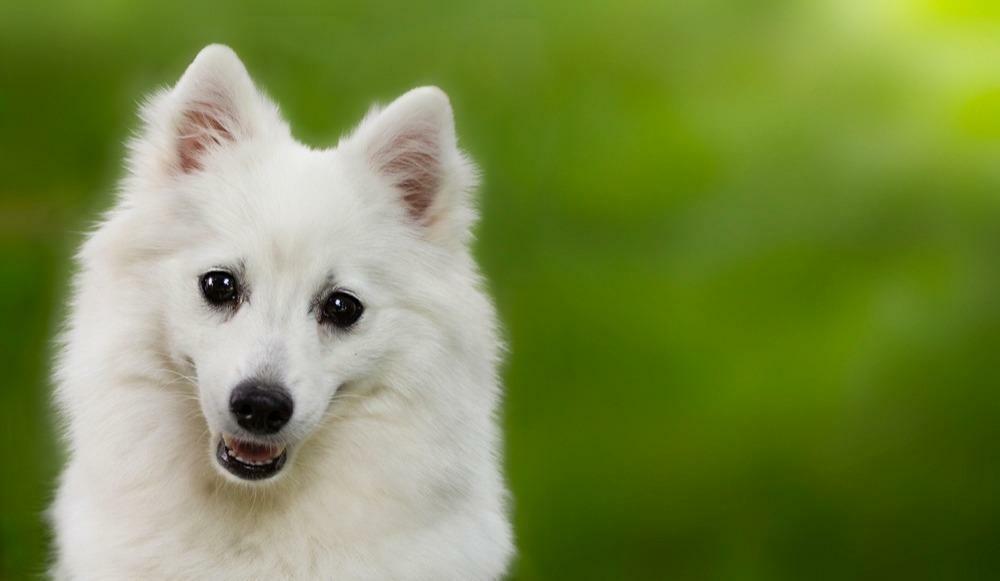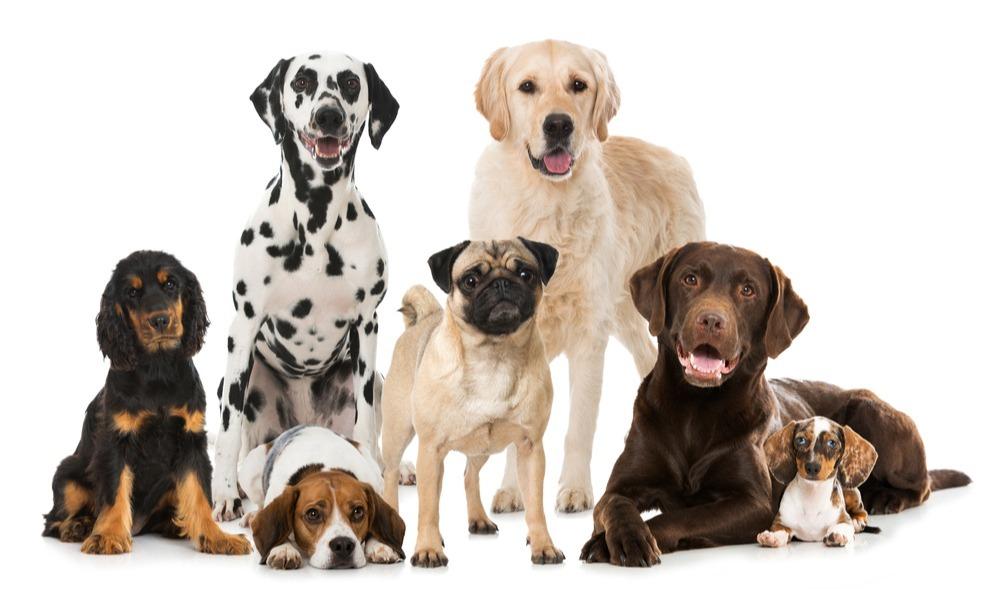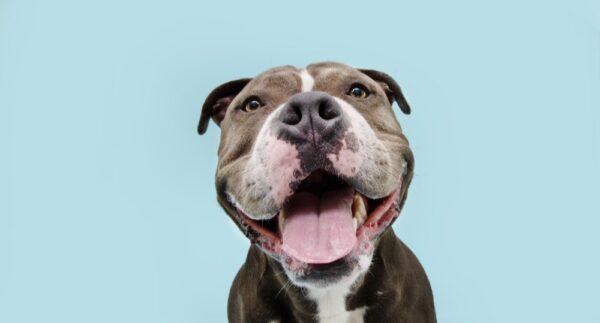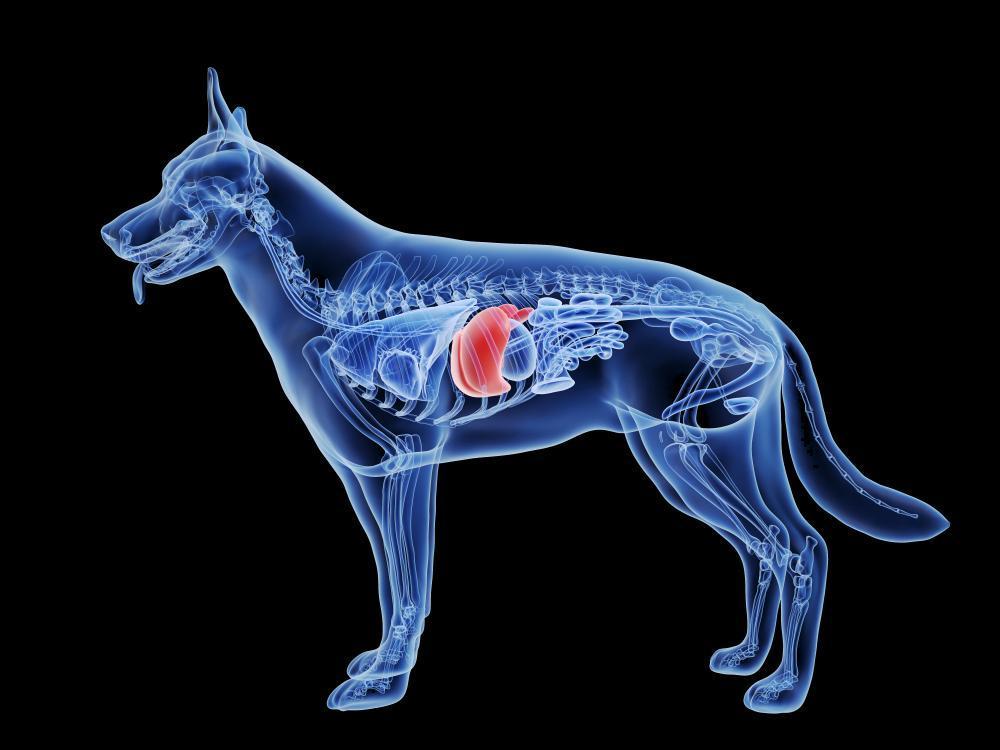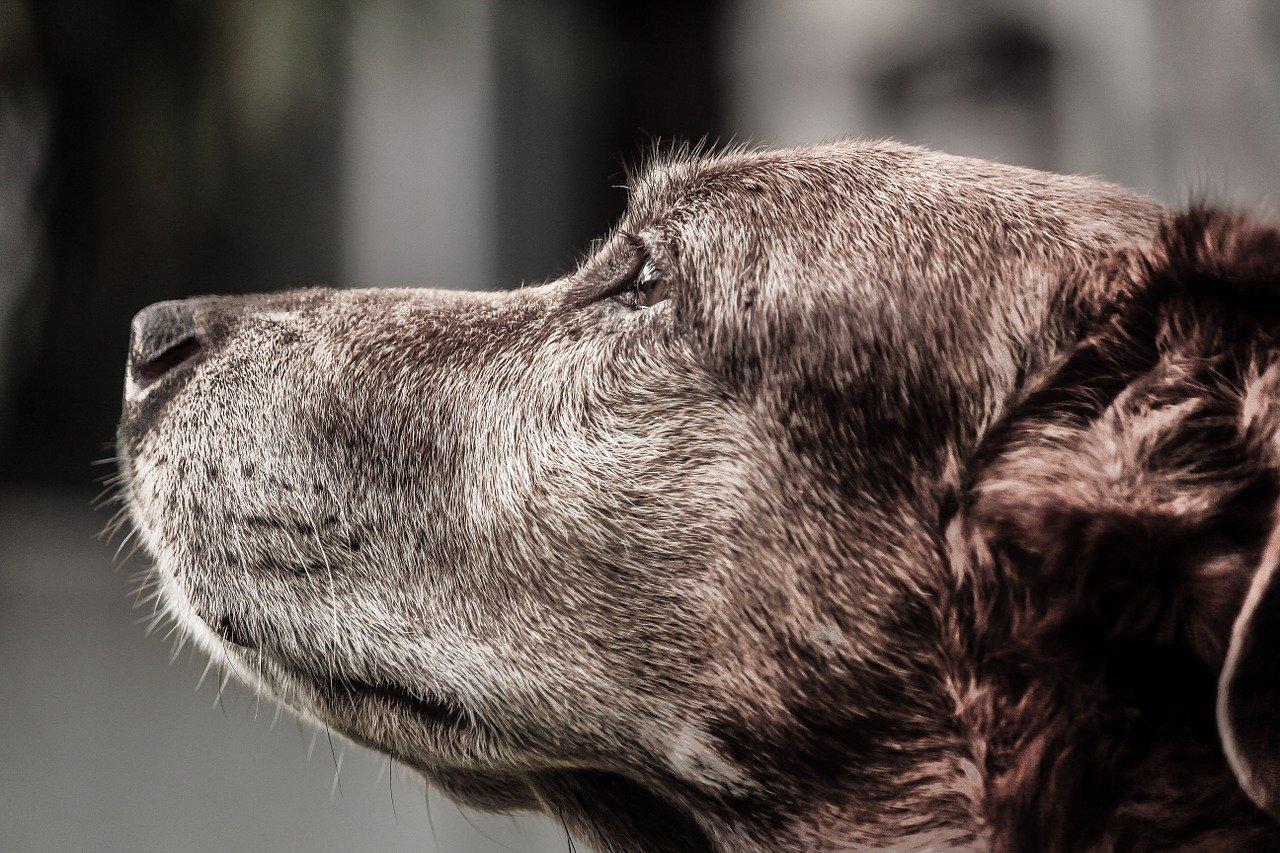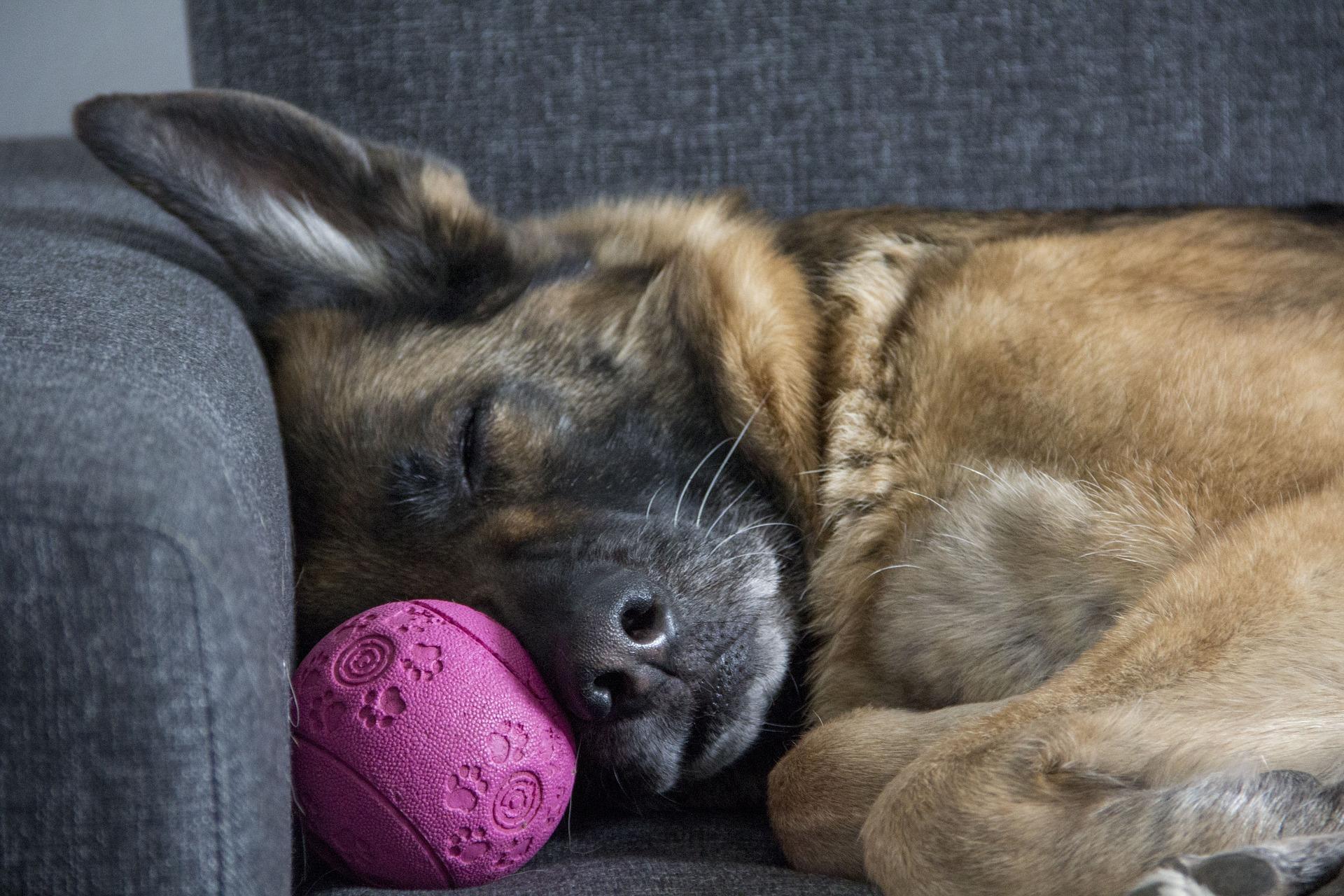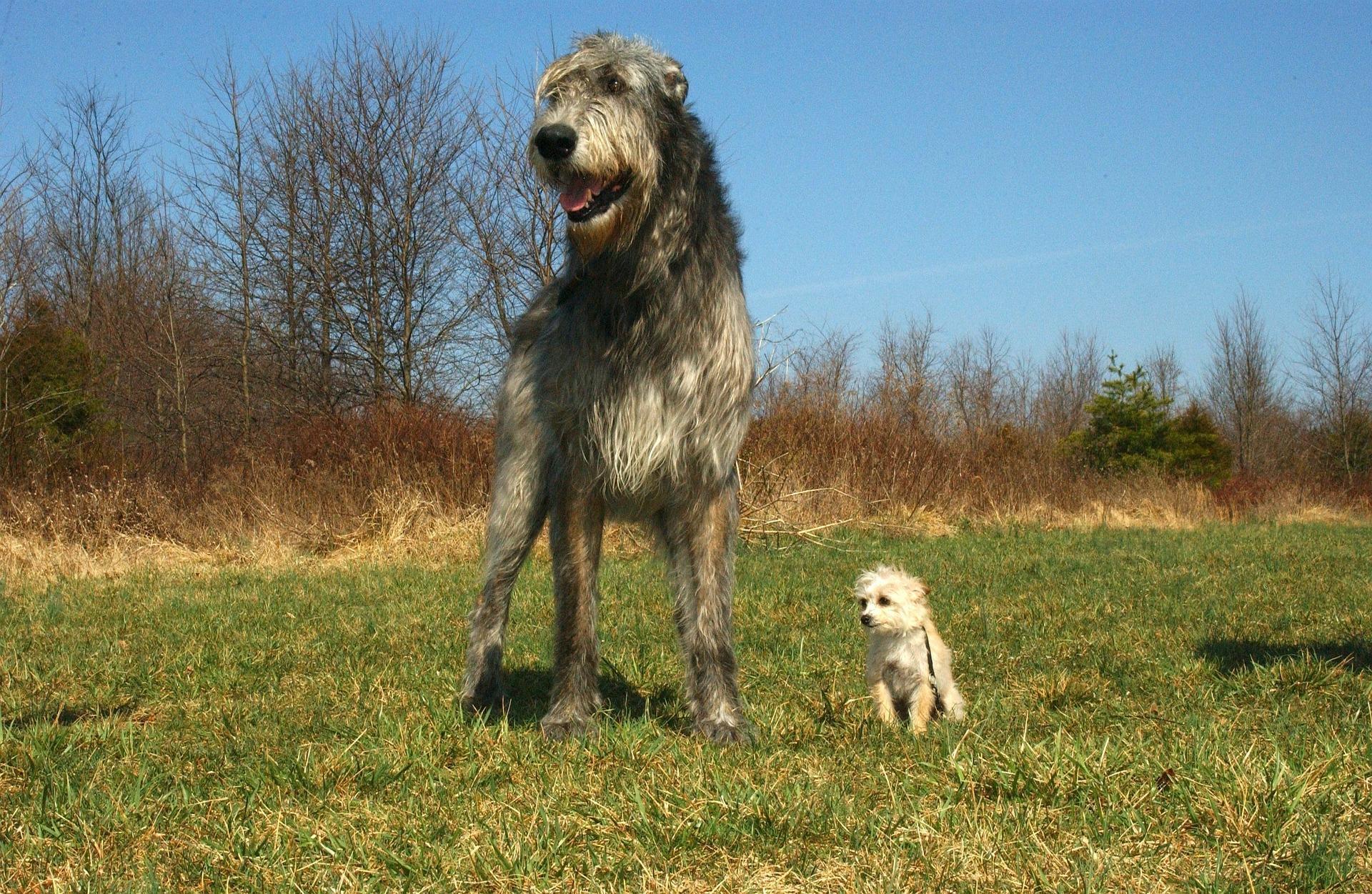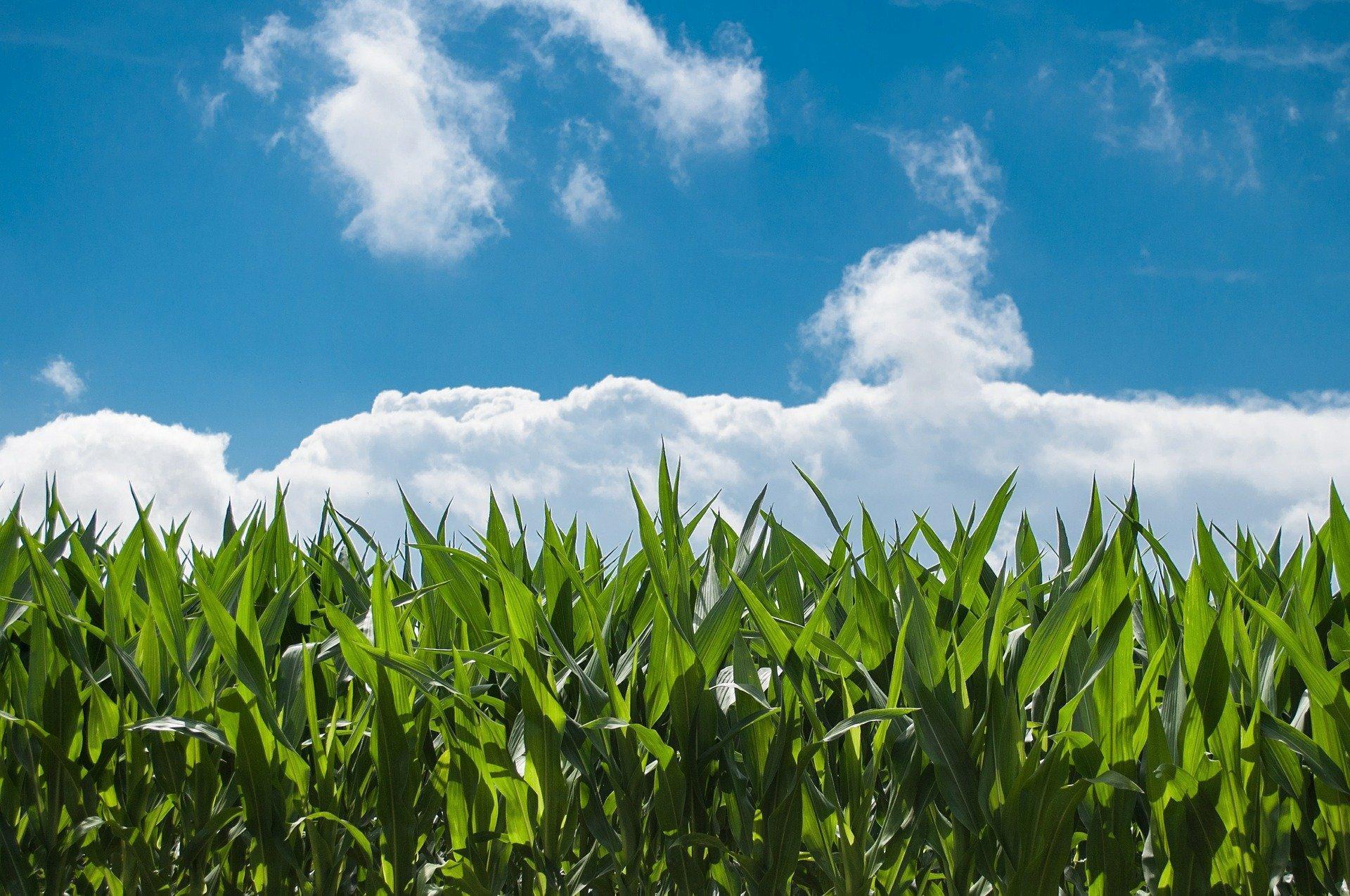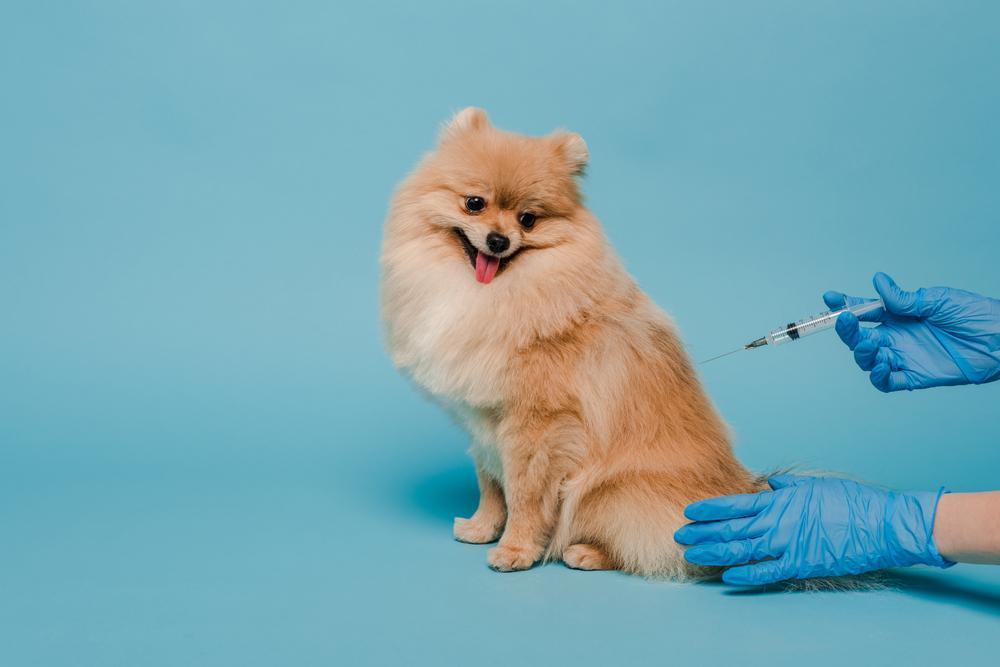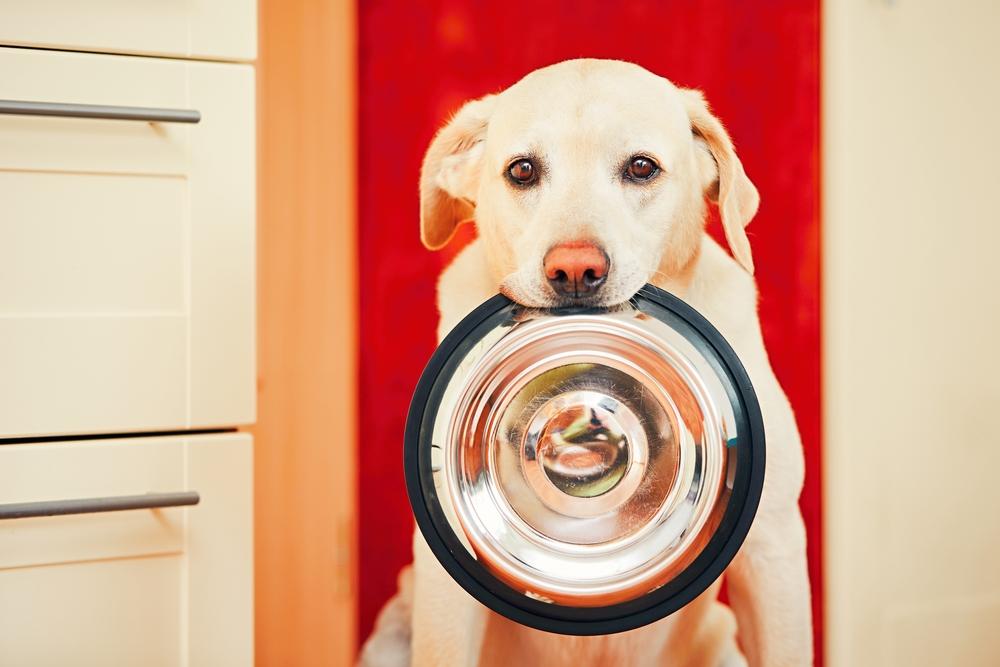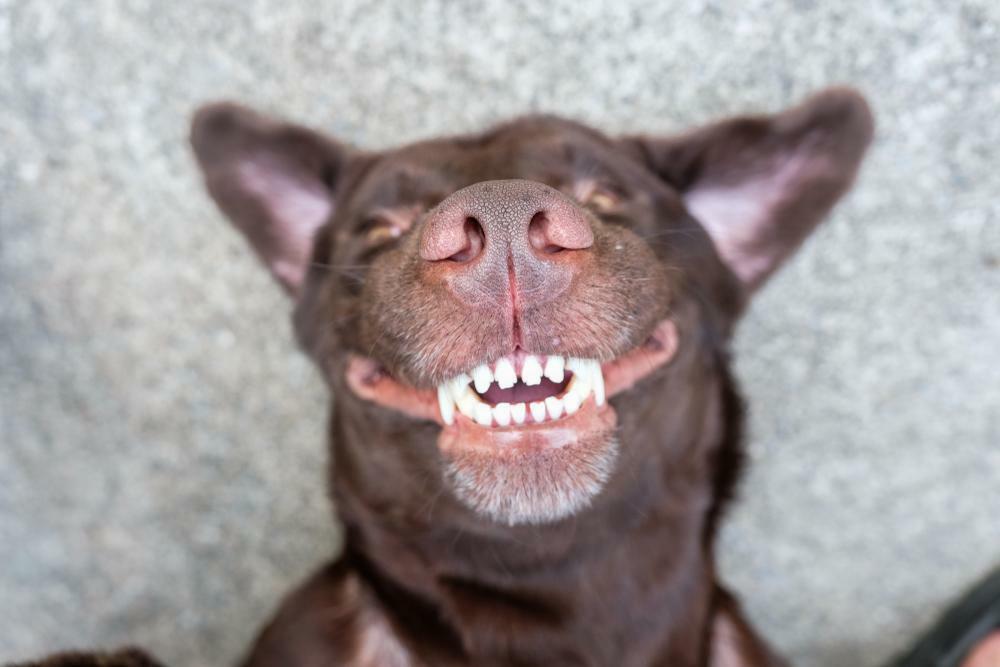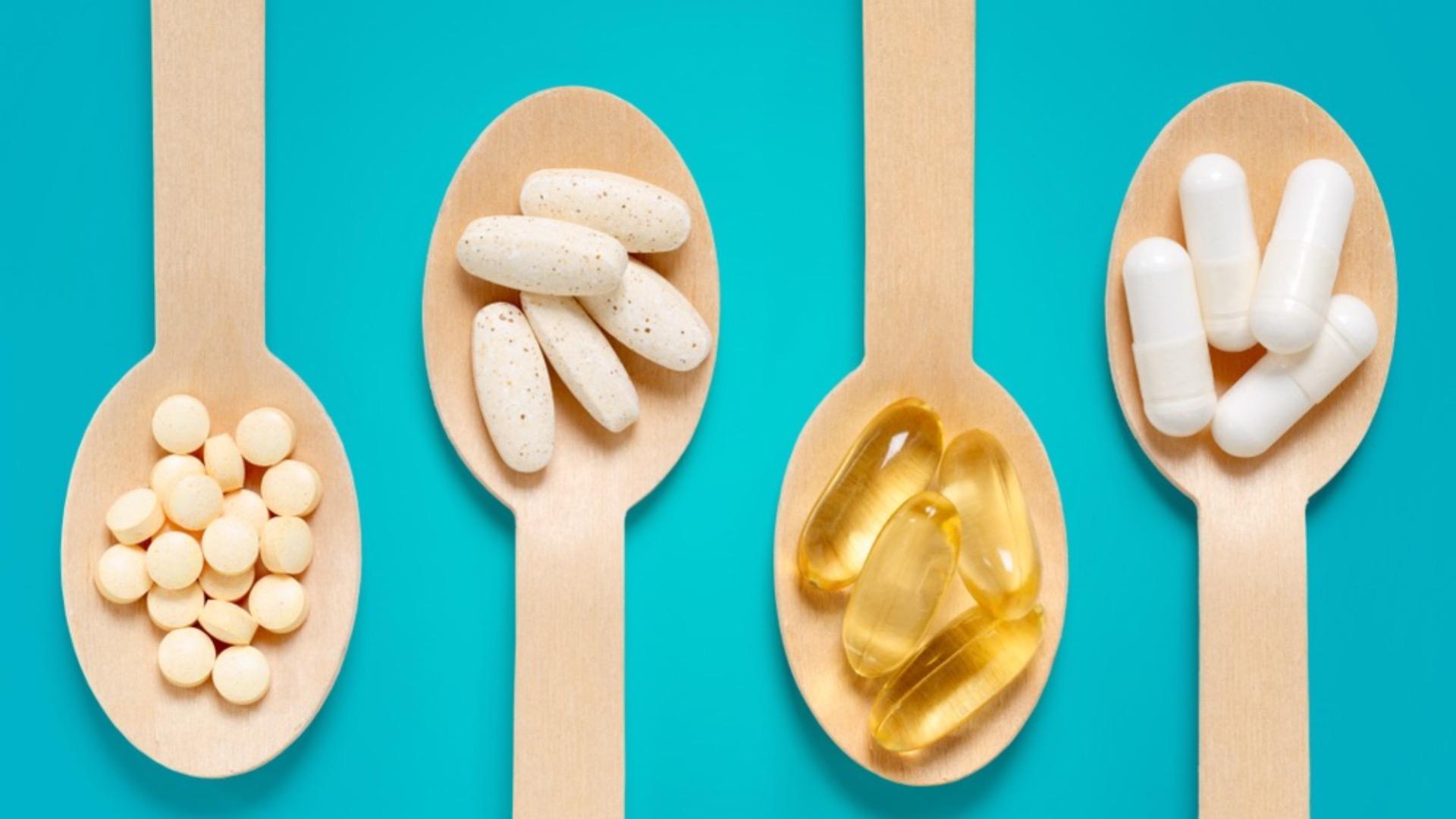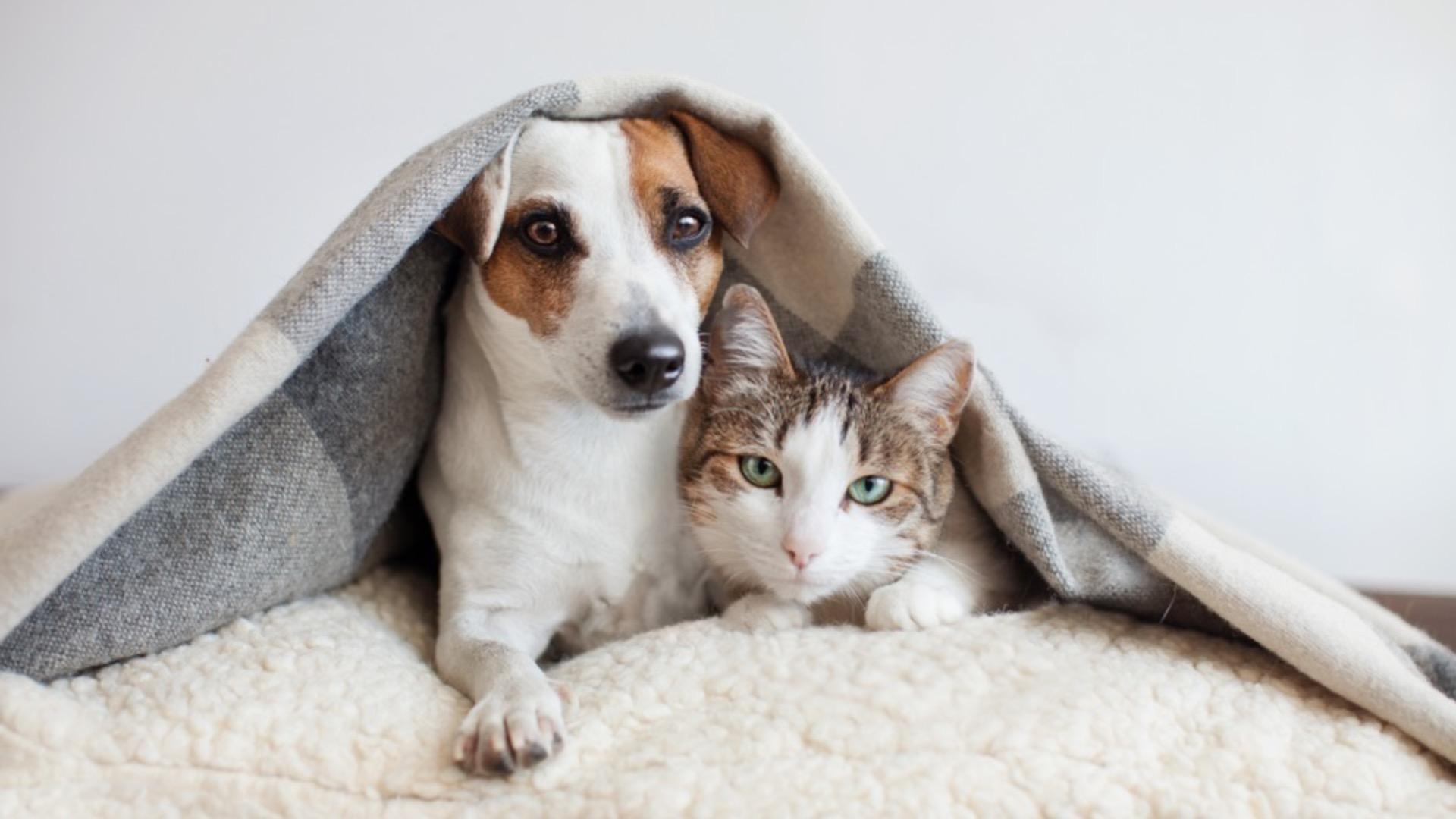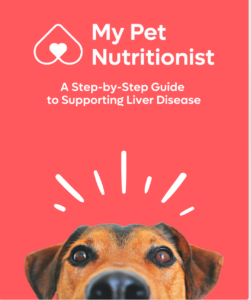In most cases, a liver shunt is caused by a birth defect. This is known as a congenital portosystemic shunt. But acquired shunts can also occur – this is usually linked to primary liver disease, or a disease involving the normal blood vessels into the liver.
We describe the liver as the powerhouse of the body, quite simply because it carries out so many functions, so, is there anything we can do to support it when it’s function isn’t quite up to par?
Let’s take a look at whether we can support a dog with a liver shunt.
What Does The Liver Do?
The liver processes blood and the substances found within it. In a healthy animal, blood draining from the intestines passes immediately through the liver for nutrients to be processed and for toxic compounds to be removed. The blood then re-enters main circulation.
What is a Liver Shunt?
In an animal with a portosystemic shunt (liver shunt), a significant volume of blood bypasses the liver, enters main circulation and heads to the heart where it can be pumped around the body.
As the blood being pumped around the body is technically unfiltered, toxic compounds can build up. In addition, the liver is unable to break down nutrients or regulate the body’s energy balance.
Signs and Symptoms of a Liver Shunt:
- Stunted growth
- Poor muscle development
- Abnormal neurological behaviour – disorientation, staring into space, circling or head pressing, seizures
- Drinking/urinating too much
- Vomiting
- Diarrhoea
- Lethargy
In both cases of congenital and acquired, reduced blood flow to the liver also results in atrophy which subsequently affects function.
But the liver is a rather unique organ, it is the only one that can regenerate, therefore appropriate intervention and management is essential.
Considerations to make for the dog with a liver shunt:
Diet
The conventional concern with many liver issues is protein intake. When protein is broken down in the body, left behind is ammonia. The liver plays a key role in metabolising ammonia ready for it to be excreted by the kidneys into urine, but when blood flow bypasses the liver, ammonia builds up in the blood and enters systemic circulation – this is what leads to many neurological issues alongside poor liver function.
Traditionally, dietary management has included protein restriction to reduce ammonia absorption from the colon, but more recently it is considered that colonic absorption is only significant in those fed poor-quality diets that contain poorly digestible protein.
In addition, it has been established that those with chronic liver disease may develop muscle wasting from being in a long-term catabolic state – with low protein diets leading to increased muscle protein catabolism.
Findings Here
We would advocate a fresh-food diet, with highly digestible protein sources. The general school of thought is 2g of protein per kg of body weight.
Beneficial proteins to feed in liver disease include eggs for the most bioavailable protein and choline content, poultry and a little fish such as sardines, salmon and cod.
Fats such as omega-6 and omega-3 in 4:1 ratio are important in liver conditions. Moderate amounts of hemp oil, phytoplankton (offering DHA and EPA) and fish, both whole and in pure oil source may help to protect the liver and reduce systemic inflammation and inflammation in the liver.
Detoxification
The liver neutralises a range of toxic chemicals, both those produced internally (waste from used hormones or neurotransmitters for example) and those from the environment, like air pollution, pesticides and food additives.
It does this by filtering the blood to remove large toxins, synthesising, and secreting bile and lastly enzymatically disassembling unwanted chemicals found in the body. If its function isn’t up to par, toxins can start to build up.
Gut Guardian
Enzymatic Detoxification
This enzymatical detoxification occurs in three phases.
Phase I directly neutralises chemicals and changes them into new metabolites. These are then processed by phase II enzymes. This is known as the conjugation phase, which in short, liver enzymes attach small chemicals to the toxin. There are many ways in which this is done, it all depends on the type of chemical the liver is trying to manage.
Phase I results in high levels of reactive oxygen species so antioxidant levels are key in modulating potential damage.
Does My Dog Need Antioxidants?
Beneficial Additions:
Broccoli contains glucobrassicin, the glucosinolate precursor of indole-3-carbinol (I3C) and subsequently Diindolylmethane (DIM) which is attributed to supporting phase one of the liver detoxification.
Berries and cranberries whole and in extract contain anthocyanins that demonstrate hepato-protective abilities. An experiment found that antioxidants commonly found in berries slowed the development of lesions and fibrosis, the development of scar tissue, in the livers of rats.
Phase II is nutrient demanding and sufficient levels of key vitamins and minerals like vitamin A, C, E, B1, B2, B3 and iron are essential. There has also been data to suggest dandelion amongst others can support the enzymatic detoxification pathway too.
Phase III is the elimination phase. For optimal excretion of toxins through the digestive system, gut health is vitally important. Maintaining the mucosal barrier is key for gut health along with supporting motility. It’s important to include a range of functional ingredients in your dog’s diet that can lubricate the digestive tract, promote regular motility, aid elimination and support the microbiome. Prevention of absorption through trapping of potential toxins is also an effective way of mitigating toxin exposure and this is a key feature of many clay products.
7 Reasons to Use Clay
In addition, some fibre helps to speed up colonic transit and prevent constipation. This reduces the amount of toxins absorbed from the colon and circulated into the system for the liver to deal with.
7 Foods To Add Fibre To Your Dog’s Diet
The most important thing to do to support detoxification is to avoid exposure in the first place, so consider how much you and your dog are exposed to:
- Pesticides
- Heavy smoke
- Phthalates
- Mould
- Medications like steroids, antibiotics, and painkillers
- Heavy metals
- Cleaning products
- Air fresheners
- Eating foods cooked at high temperatures
Does My Pet Need to Detox?
Is Your Toxic Home Affecting Your Pet?
Water
Always filter or provide fresh bottled water for your pet. Tap water contains flouride, pesticides, fungicides and many more toxins that the liver must process during detoxification.
To keep things more interesting a broth could be a great alternative to water. However, be careful the broth doesn’t contain high levels of sodium. Even a little liquid chlorophyll in water can be helpful for electrolytes and has shown to help with high levels of ammonia in the body.
The Importance of Water
There are many other nutrients that are particularly important when supporting a dog with a liver shunt, along with hepato-protective herbs and supplements. If you are looking for a bespoke diet plan to support your dog and their liver health, then please check out our services to see how we can help.
Thanks for reading,
MPN Team

